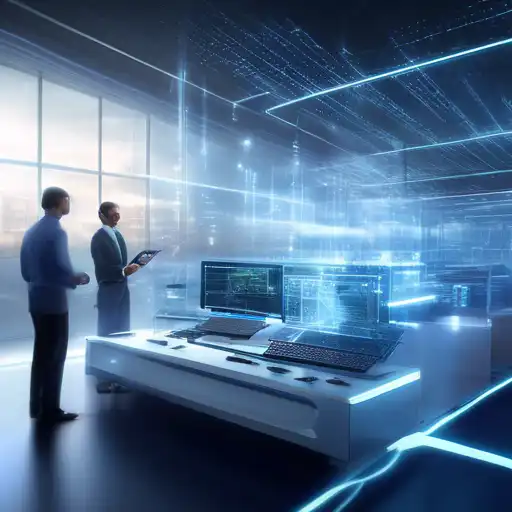Introduction to Edge Computing
In the digital age, speed and efficiency are paramount. Edge computing emerges as a groundbreaking technology that processes data closer to where it is needed, significantly reducing latency and bandwidth use. This article delves into how edge computing is transforming data processing, making it faster and more efficient than ever before.
What is Edge Computing?
Edge computing is a distributed computing paradigm that brings computation and data storage closer to the location where it is needed, to improve response times and save bandwidth. Unlike traditional cloud computing, which centralizes processing in data centers, edge computing decentralizes processing, enabling real-time data analysis and action.
Benefits of Edge Computing
The advantages of edge computing are manifold, including:
- Reduced Latency: By processing data near the source, edge computing minimizes delays, crucial for time-sensitive applications.
- Bandwidth Savings: Local processing reduces the need to send vast amounts of data to centralized data centers, saving bandwidth.
- Enhanced Privacy and Security: Data processed locally is less exposed to potential breaches during transit to central servers.
- Improved Reliability: Edge computing can operate independently of central systems, ensuring functionality even with connectivity issues.
Applications of Edge Computing
Edge computing finds applications across various sectors, revolutionizing how data is handled:
- Healthcare: Enables real-time monitoring and analysis of patient data, improving care and outcomes.
- Manufacturing: Facilitates predictive maintenance and operational efficiency through immediate data processing.
- Smart Cities: Powers traffic management systems and public safety through instant data analysis.
- Retail: Enhances customer experiences with personalized recommendations and inventory management.
Edge Computing vs. Cloud Computing
While both edge and cloud computing play pivotal roles in data processing, they serve different purposes. Edge computing is ideal for real-time, localized processing, whereas cloud computing excels in storing and processing large volumes of data centrally. Together, they form a cohesive ecosystem that leverages the strengths of both paradigms.
Future of Edge Computing
The future of edge computing is bright, with advancements in IoT devices, 5G networks, and AI driving its adoption. As industries continue to recognize the value of processing data at the edge, we can expect widespread implementation across sectors, further enhancing efficiency and innovation.
Edge computing is not just a trend; it's a transformative technology that is here to stay. By bringing data processing closer to the source, it offers unparalleled speed, efficiency, and reliability, paving the way for a more connected and efficient world.
